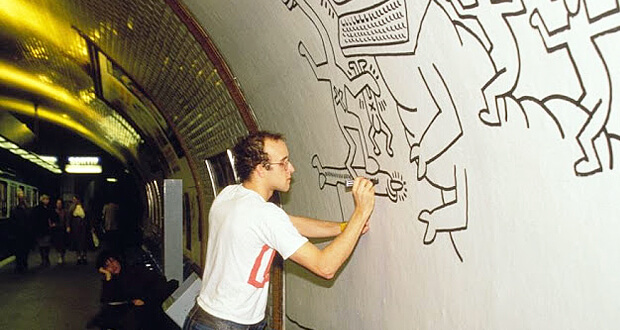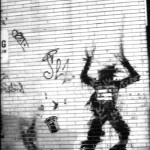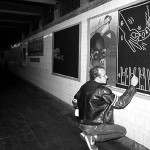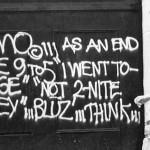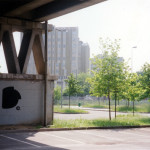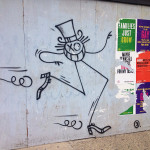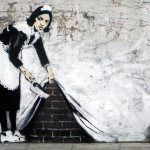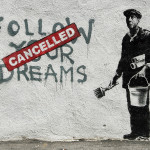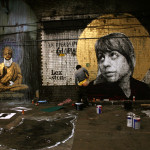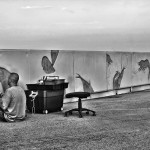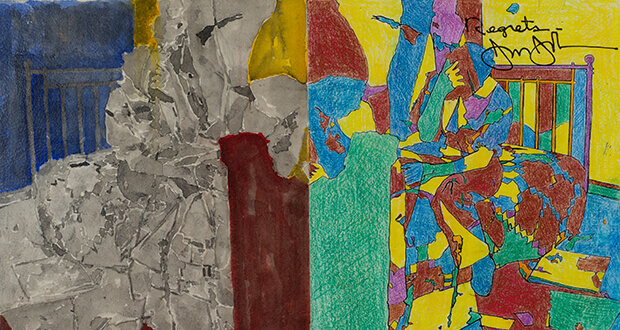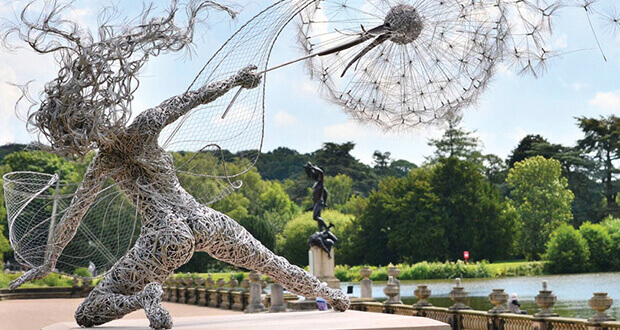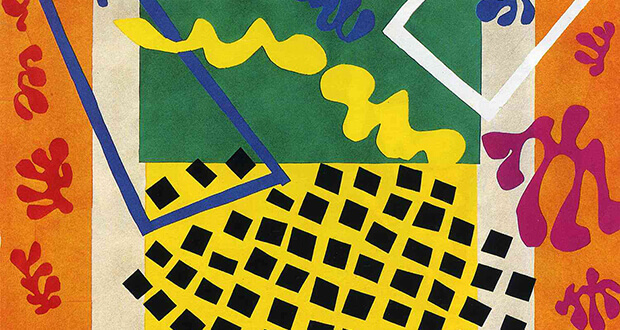The Street Art has had, over the last 10 years, a strong international growth, arousing curiosity and interest by citizen all over the world.
At the same time the Street Art has experienced major changes over time ..
From Graffiti to Street Art
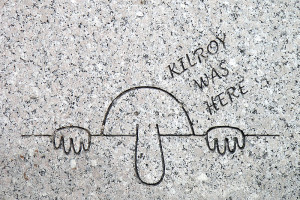
We can date its birth in post second-world-war, when the phrase “Kilroy was here” became popular, associating ito to a graffiti representing a puppet with a stuffed nose stretching over a wall, holding on with both hands. “Mr. Chad“, this is his name, was drawn by American soldiers on the walls of the places where they rested, camped out or visited. Even today it is a popular subject and visible in historical places or difficult to reach, in a few films and novels.
What we define today as modern street art has its origins in the boom of graffiti in the 60s and 70s, wich reached its peak with the use of spray in 80s, expecially in the Bronx.
Gradually, it turned from writing to a more conceptual and figurative art. These was the years of Richard Hambleton with his shades proliferating in the dark alleys of New York. Keith Haring with his drawings in chalk on billboards in the subway. Jean-Michel Basquiat, that combined intriguing sentences to his tag SAMO. These were also the years of the first stencil and the thousands of posterst began to invade the streets, promoting bands and events.
From the Big Apple the social and cultural movement of Graffiti has quickly spread all over the world. Although the techniqes, the medium and sub-cultures (one of all the Hip Hop) are very heterogeneous, some elements are the common . The wall becomes in fact the vehicle by which the artist can communicate directly to the common people socially relevant topics. In the wake of a strong current of activism and subversion, street art is seen as a powerful form of political expression for the oppressed or people with few resources in order to create change.
A striking example di the Berlin Wall, decorated by street artists from 1961 to 1989.
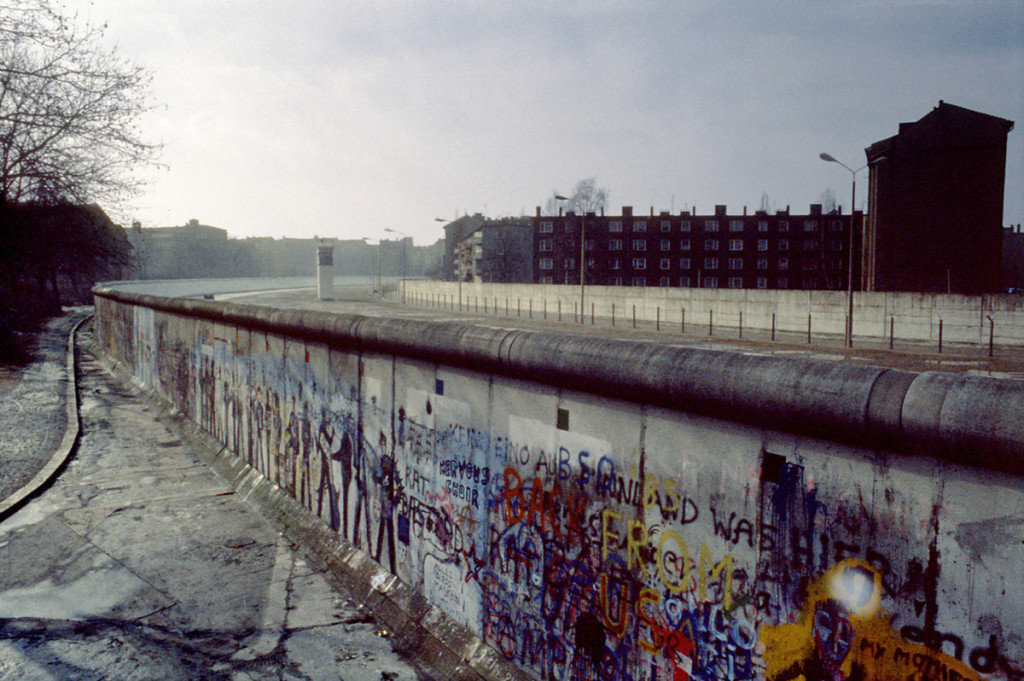
Talking about the 2000s, street art become so relevant in visual art to inspire even marketing and advertising. Starting from Paris with Stak, Andrè and Honet, to Milan (Bros, Ozmo, Pao), Bologna (Blu, Ericalcane, Eron) and Rome (Sten & Lex), culminating with Great Britan of Bansky: simple graphics with immediate impact, conceptual, topical, with themes like freedom of expressione, moral pacifism, antiprohibitionism and respect fror sexual and intectual liberty.
Nowadays it’s a global movement. The street artist is itinerant, travelling to searching for new realities, to meet new culture and people.
Today we can see works of same artist in different country and even continents and we are witnessing the birth of a new generation of audience, young and dynamic, that publish, share, spread the images of the works, thanks to new technologies and the advent of social networks. The works are no more extemporaneous: they remain forever in web’s memory.
#StreetArt: from #protest movements to nowadays #Graffiti #Art #Katarte #Haring #Bansky Link: http://t.co/O6VQSH8KS8 pic.twitter.com/gf8IkRJmUt
— Katarte (@katarte_) May 31, 2015

